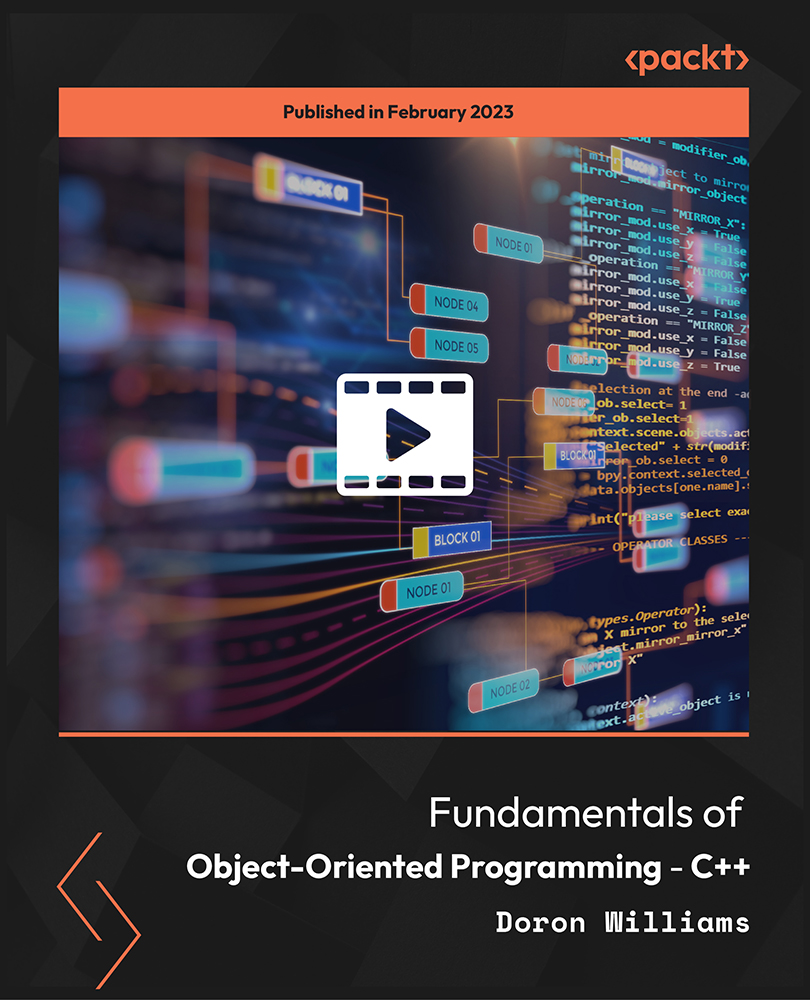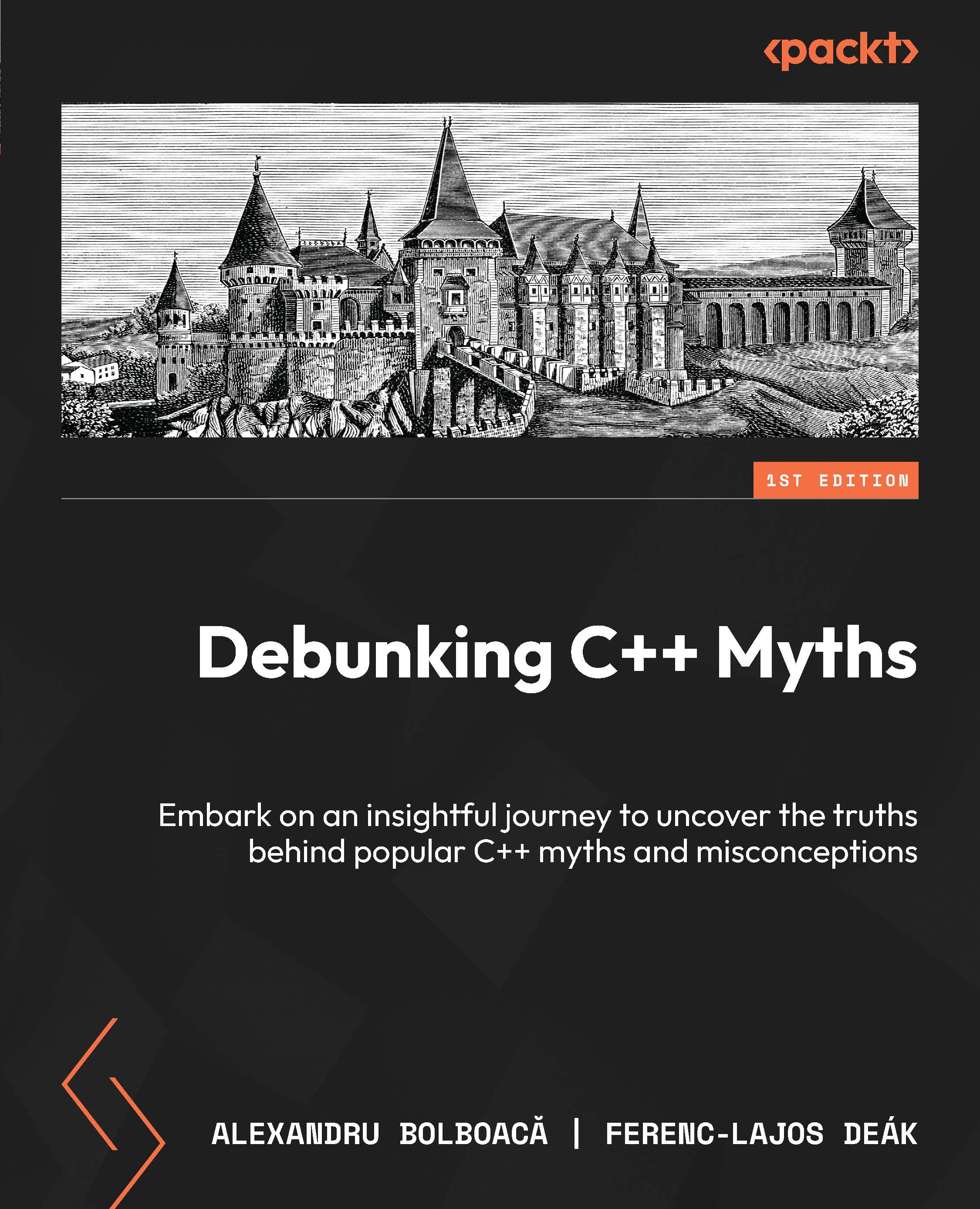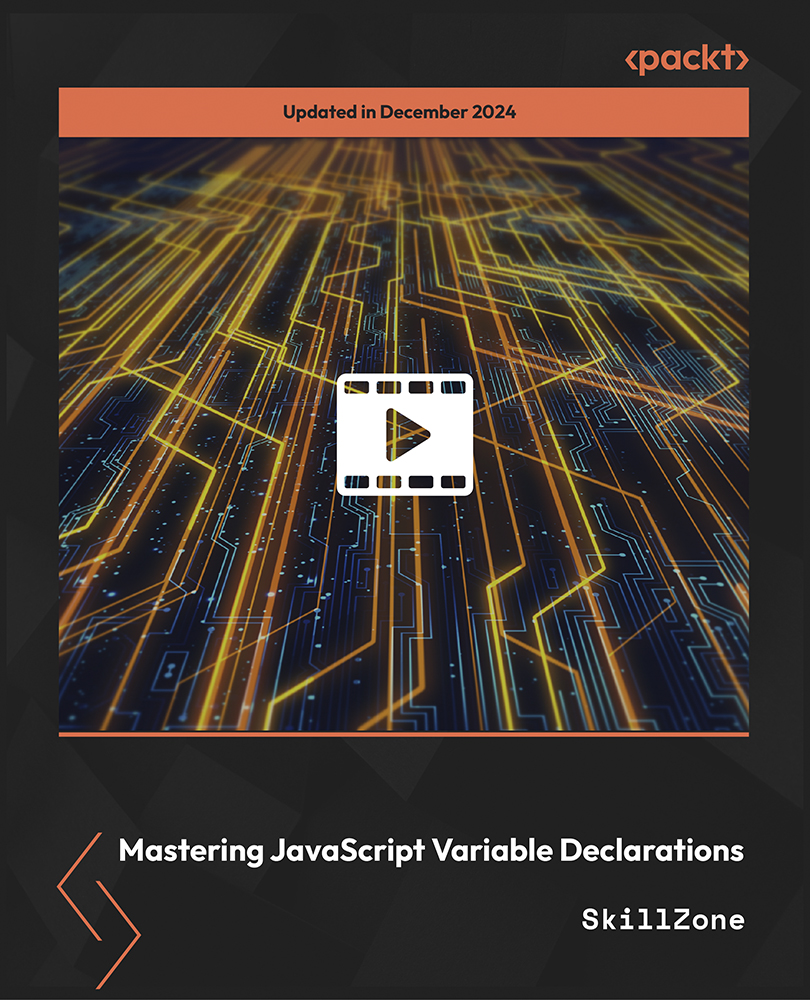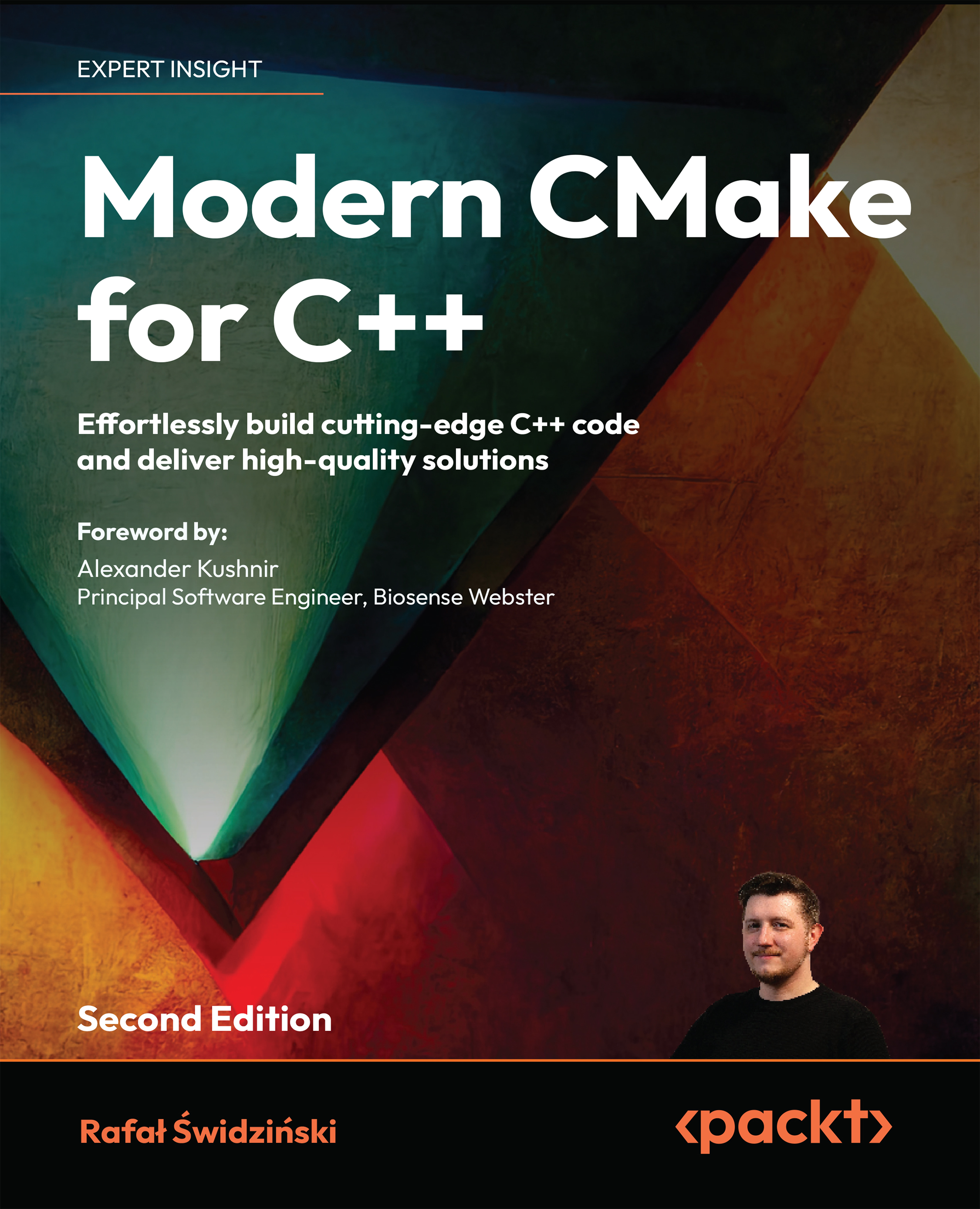Lorenzo Bettini is an associate professor in computer science at the Dipartimento di Statistica, Informatica, Applicazioni "Giuseppe Parenti," Universit di Firenze, Italy. Previously, he was a researcher in computer science at Dipartimento di Informatica, Universit di Torino, Italy. He also was a Postdoc and a contractual researcher at Dipartimento di Sistemi e Informatica, Universit di Firenze, Italy. He has a masters degree summa cum laude in computer science and a PhD in "Logics and Theoretical Computer Science." His research interests cover design, theory, and the implementation of programming languages (in particular, objectoriented languages and network-aware languages). He has been using Xtext since version 0.7. He has used Xtext and Xtend for implementing many domain-specific languages and Java-like programming languages. He also contributed to Xtext, and he recently became an Xtext committer. He is the author of the first edition of the book "Implementing Domain-Specific Languages with Xtext and Xtend", published by Packt Publishing (August 21, 2013). He is also the author of about 80 papers published in international conferences and international journals. You can contact him at http://www.lorenzobettini.it.
Read more
 United States
United States
 Great Britain
Great Britain
 India
India
 Germany
Germany
 France
France
 Canada
Canada
 Russia
Russia
 Spain
Spain
 Brazil
Brazil
 Australia
Australia
 Singapore
Singapore
 Canary Islands
Canary Islands
 Hungary
Hungary
 Ukraine
Ukraine
 Luxembourg
Luxembourg
 Estonia
Estonia
 Lithuania
Lithuania
 South Korea
South Korea
 Turkey
Turkey
 Switzerland
Switzerland
 Colombia
Colombia
 Taiwan
Taiwan
 Chile
Chile
 Norway
Norway
 Ecuador
Ecuador
 Indonesia
Indonesia
 New Zealand
New Zealand
 Cyprus
Cyprus
 Denmark
Denmark
 Finland
Finland
 Poland
Poland
 Malta
Malta
 Czechia
Czechia
 Austria
Austria
 Sweden
Sweden
 Italy
Italy
 Egypt
Egypt
 Belgium
Belgium
 Portugal
Portugal
 Slovenia
Slovenia
 Ireland
Ireland
 Romania
Romania
 Greece
Greece
 Argentina
Argentina
 Netherlands
Netherlands
 Bulgaria
Bulgaria
 Latvia
Latvia
 South Africa
South Africa
 Malaysia
Malaysia
 Japan
Japan
 Slovakia
Slovakia
 Philippines
Philippines
 Mexico
Mexico
 Thailand
Thailand















